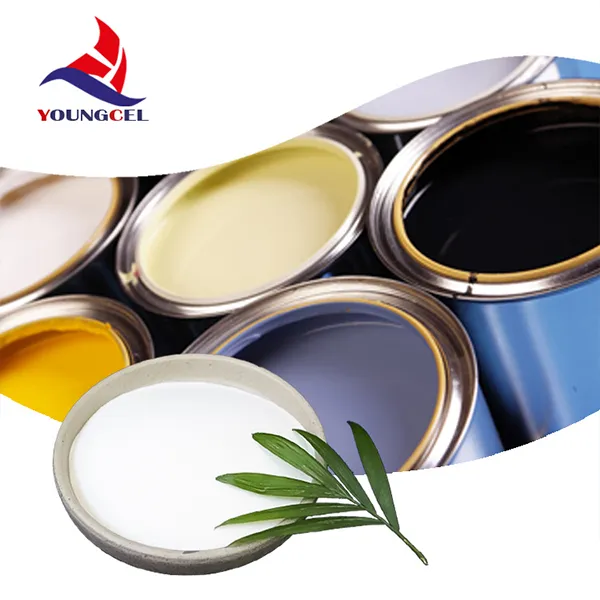Understanding HPMC Construct Grade A Comprehensive Overview
Hydroxypropyl Methylcellulose (HPMC) is a versatile compound widely utilized in various industries, particularly in construction. The HPMC construct grade is an essential element in enhancing the properties of construction materials, offering a myriad of advantages that make it indispensable in the formulation of modern building products. This article delves into what HPMC construct grade is, its composition, applications, and the benefits it brings to the construction field.
What is HPMC?
HPMC is a semi-synthetic polymer derived from cellulose, a naturally occurring polymer found in the cell walls of plants. Through a process of etherification, cellulose is chemically modified to produce HPMC. This modification results in a white, odorless powder that dissolves in cold water to form a clear, viscous solution. Its unique combination of properties - including thickening, emulsifying, and film-forming abilities - makes it an ideal candidate for an array of applications in industries ranging from pharmaceuticals to food and construction.
HPMC Construct Grade
The construct grade of HPMC is specifically formulated for use in construction-related applications. It typically exhibits a higher viscosity and better water retention properties compared to other grades. The primary purpose of HPMC in this context is to enhance the performance of construction materials, including cement, gypsum, tile adhesives, and mortars.
Applications in Construction
1. Cementitious Materials HPMC is extensively used in cement-based products, where it acts as a water-retention aid. This property prevents premature drying of the cement mix, ensuring adequate working time. As a result, construction workers can manipulate materials without the worry of them setting too quickly.
hpmc construct grade

2. Tile Adhesives In tile adhesives, HPMC contributes to improved bond strength and flexibility. Its ability to hold water allows for a better adhesion process, ensuring that tiles remain securely in place over time. Furthermore, it enhances the ease of application, providing a smoother texture that is easier to work with.
3. Gypsum-Based Products HPMC is also vital in gypsum-based products such as plaster and joint compounds. It promotes uniform consistency and workability, which are crucial for achieving a high-quality finish in drywall applications.
Benefits of HPMC Construct Grade
1. Enhanced Workability One of the most significant advantages of using HPMC in construction is the improved workability it offers. The modified materials become easier to mix, spread, and apply, saving time and effort in construction processes.
2. Superior Water Retention Projects that require extended open times benefit immensely from HPMC's water-retention capabilities. This feature allows for better hydration of the cement and gypsum, leading to enhanced strength and durability of the final product.
3. Flexibility and Adhesion HPMC increases the flexibility of construction materials, making them less prone to cracking. Additionally, it enhances adhesion, ensuring that components such as tiles and wallboards remain firmly attached even under stress.
4. Environmental Benefits As a cellulose derivative, HPMC is considered relatively environmentally friendly. Its use can lead to reduced waste and improved efficiency in building processes, aligning with sustainable construction practices.
In conclusion, HPMC construct grade is an invaluable asset in the construction industry, combining workability, flexibility, and enhanced performance characteristics. As the demand for high-performance building materials continues to grow, the role of HPMC in shaping the future of construction will only become more pronounced. Its versatility not only meets the needs of modern construction but also supports environmentally responsible practices, making it a key ingredient in the evolution of building technologies.
-
Rdp Powder: Key Considerations for Wholesalers in the Building Materials IndustryNewsJul.08,2025
-
Key Considerations for Wholesalers: Navigating the World of Hpmc - Based ProductsNewsJul.08,2025
-
Hpmc Detergent: Key Considerations for WholesalersNewsJul.08,2025
-
Key Considerations for Wholesalers: China Hpmc For Tile Adhesive, Coating Additives, Concrete Additives, and MoreNewsJul.08,2025
-
Crucial Considerations for Wholesalers: Navigating the World of Construction MaterialsNewsJul.08,2025
-
Key Considerations for Wholesalers Sourcing Additive For Cement, Additive For Concrete, Additive For Putty from Additive Manufacturer Shijiazhuang Gaocheng District Yongfeng Cellulose Co., Ltd.NewsJul.08,2025




